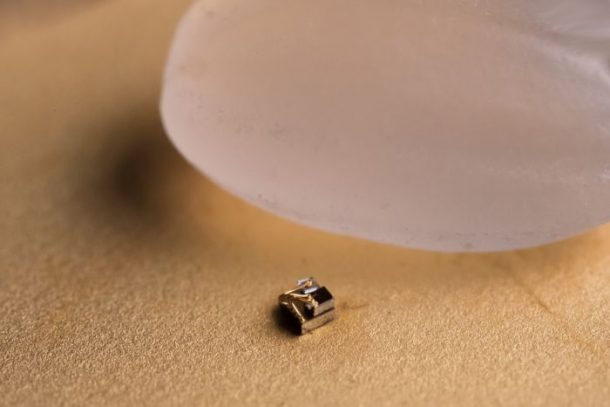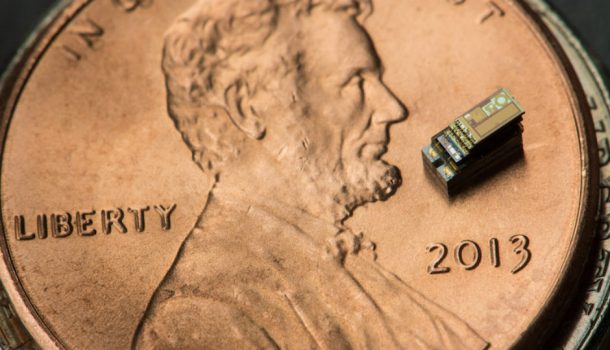The University of Michigan saw its record of the world’s smallest computer being broken by IBM which announced a computer measuring 1 x 1 mm. The engineers at the University of Michigan took this to heart and came up with another record by making a computer that only measures 0.3 x 0.3 mm.
That being said, questions are raised whether they should be called computers or not. Normal PCs and smartphones retain data even after they have been powered off but these tiny devices lose data as soon as they are turned off. Speaking to the University’s media outlet, Professor David Blaauw, who has co-lead the project, said, “We are not sure if they should be called computers or not. It’s more of a matter of opinion whether they have the minimum functionality required.

The world’s smallest computer by UM uses special photovoltaic cells to power itself rather than the conventional current allowing it to run on low-power. David Blaauw said, “We basically had to invent new ways of approaching circuit design that would be equally low-power but could also tolerate light”.
The team behind the world’s smallest computer claims that the uses of this device lie in the field of oncology where it will be used to research the temperatures of tumors. A biomedical engineering professor Gary Luker collaborated with UM engineers for the project and said, “We’re using the temperature sensor to investigate variations in temperature within a tumor versus normal tissue and if we can use changes in temperature to determine success or failure of therapy”.

Even though the question remains whether these devices qualify for the term “computer” but that does not in any way make them any less impressive and maybe someday we will see such devices with the ability to retain information as well.


